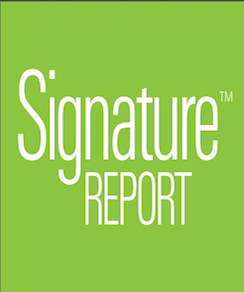Community colleges are often criticized for their low completion rates, but the problem might be that we often don’t use the right data to evaluate their performance.
A Signature Report by the National Student Clearinghouse Research Center shows that Illinois is one of only six states in the country in which 20% of students or more who begin at a community college eventually earn a bachelor’s degree. The study examined the six-year completion outcomes of all students in the country who first enrolled in a postsecondary institution in Fall 2008. The NSC’s database is unique in that it allows researchers to follow students between institutions and across state lines, which often provides a significantly different picture of student outcomes and institutional effectiveness.
This is undoubtedly the case for Illinois. Traditional graduation rates, such as those used in federal reporting, only count graduates who earned their degree from the first institution in which they enrolled. By this metric, the median graduation rate at Illinois community colleges is 23%.[i] However, the NSC calculates that approximately 44% of students that began at a two-year public institution in Illinois earned a degree within six years, and when only full-time students are included in the analysis the graduation rate is 67%. This rate may climb even higher as states continue to adopt reverse transfer policies and practices that award associate’s degrees to students who transfer to community colleges to universities, one of OCCRL’s current projects.
How else do you think our perceptions of community colleges would change with access to better data on student outcomes?
[i] The data used to calculate this figure come from the Integrated Postsecondary Education Data System (IPEDS) data center – http://nces.ed.gov/ipeds/datacenter/Default.aspx.
Matt Gianis a research assistant professor at the Office of Community College Research and Leadership (OCCRL). His research focuses on stratification and social mobility in higher education, high school to college transitions, and the use of quantitative methods in educational policy research.
